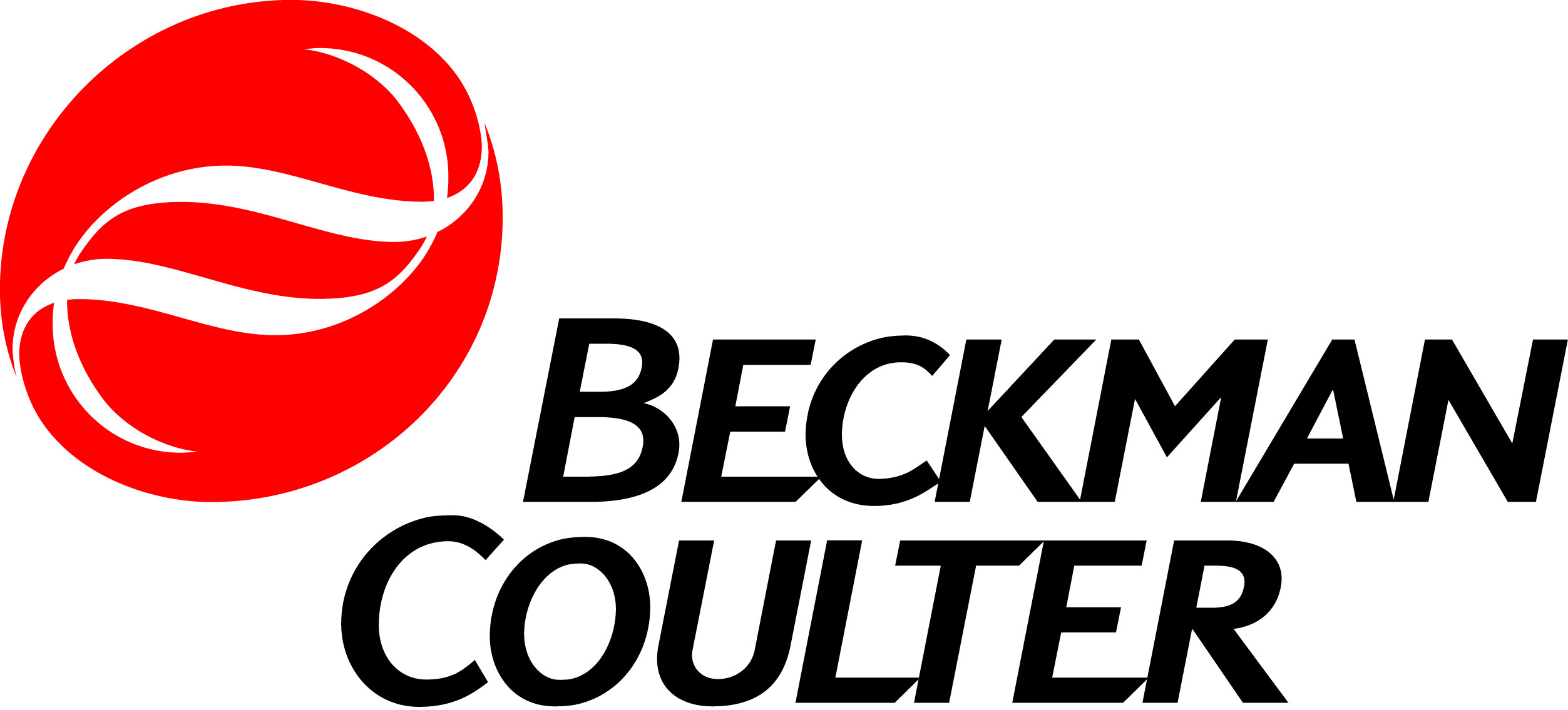Oral Infections Can Cause Sepsis: National Children’s Dental Health Month
January 31, 2020
Throughout the year, Sepsis Alliance recognizes many health observances that have a connection with sepsis. Some are more obvious than others, such as weeks or months that mark Group B streptococcal infections or cancer, but other observances are just as important, like National Children’s Dental Health Month, which is held every year in February.
Sepsis is triggered by infections. Not all infections trigger sepsis, but sepsis is always triggered by an infection and this infection can be anywhere, including in the mouth. An untreated dental infection can cause sepsis. Bacteria can also enter the body through the gumline or any breaks in the gum, cheeks, even palate. For this reason, good dental hygiene and dental care are vital to maintaining good health overall.
It’s not surprising that some parents may not think about regular dental hygiene until they see that first tooth breaking through the gumline. However, it really should begin before that occurs. This also helps your child get used to the idea of someone cleaning in her mouth. Using a wet cloth, gently wipe down your baby’s gums. Once a tooth breaks through, you can use a soft toothbrush with a tiny spot of toothpaste to clean the tooth.
Getting children to do things they feel aren’t important or take time out of their fun times can be challenging, but the American Dental Association offers tips on how to make this daily routine stick throughout your child’s life:
- Make it a routine. By making toothbrushing a regular routine, at least twice a day, your child will grow used to it. He may try to get out of it from time to time, but if it’s a family or regular routine, it’s easier for it to become just one of those things that he needs to do.
- Be part of the routine. Rather than sending your child to brush her teeth, go with her and make a game of it. Sing songs that last 2 minutes (the recommended brushing time), make up silly 2-minute stories, or brush your own teeth at the same time. There are many fun looking timers on the market as well, so this can help you and your child keep track of the time.
- Reward your child if this helps motivate his behavior. Whether it’s using a sticker chart or allowing him to choose his bedtime story once he’s brushed his teeth, rewards can go a long way to helping develop good habits like brushing your teeth.
If your child complains of a toothache or you notice there may be a cut, injury, or swelling in her mouth, contact your dentist as soon as possible. If there is an infection, the dentist may clean out the area and prescribe antibiotics. Although not common, some people may get an infection after a dental visit, so if your child has had dental work recently or has complained of mouth or tooth pain, watch for signs and symptoms of infection. They include:
- Bad breath
- Bitter taste in the mouth
- Fever
- Pain
- Sensitivity of the teeth to hot or cold
- Swelling of the gum
- Swollen glands of the neck
- Swelling in the jaw
Help mark National Children’s Dental Health Month by encouraging good dental hygiene habits. Perhaps you can start by getting new toothbrushes for the whole family.
To learn more, visit Sepsis and Dental Health, which is part of the Sepsis and… library.

























